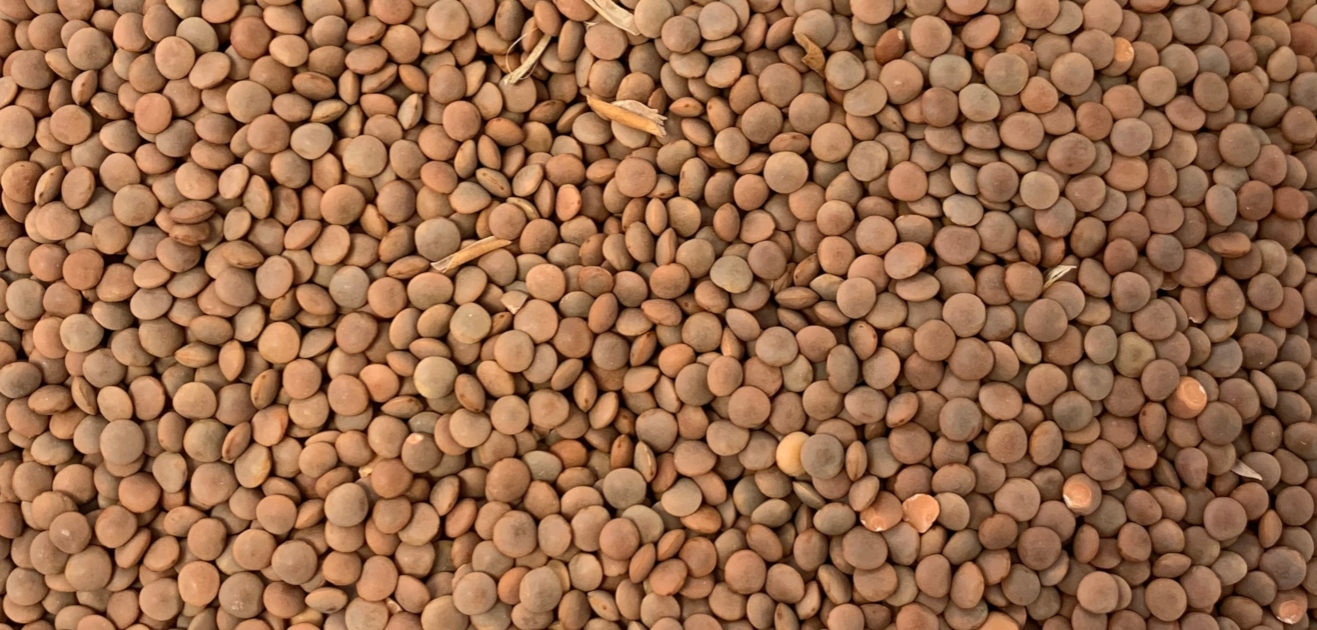
Grain Snippet: Lentil Export Slow-Down as Aussie Stocks Dwindle
Whilst the SA and Vic lentil market has continued to sit around the $900/MT delivered-port equivalent, underlying demand has been quieting down, particularly from India since the reimposition of their lentil import duty. The duty, imposed on 8th March, consists of 5% basic customs + 5% Agri CESS + tax: effectively 11%. Australian exporters have the benefit of the Economic Cooperation and Trade Agreement (ECTA) with India, which allows a portion of Aussie lentils to meet only 50% of the prevailing duty. We have seen this used already through March/April as some of the final dry bulk lentil vessels depart Aussie shores. With that said, Canadian and Australian export data suggests a slow-down in lentil export pace for the remainder of the 24/25 season.
Canadian lentil exports for the season to-date are up 32% y/y (with low 23/24 production dragging down last year’s exports) and nearly 13% higher than the 5-yr average (Aug-Mar). However, whilst the prior month of Feb saw 110kMT of lentils exported to India (making up 51% of the monthly total), March had less than 1kMT (1%). Furthermore, this fresh data from March is already indicative of a decline in pace with a total of just 81.2kMT, down 63% m/m and an exceptionally small value for this period. It is important to note that the last reported month of March coincides with the reintroduction of import duties from India.
Looking now closer to home, Australia’s latest export data shows an analogous decline. Lentil exports to India dropped 53% compared to the prior month whilst total exports dropped about 11% m/m and lag about 9% y/y. We have to acknowledge the fact that Aussie production was lower for 24/25, so as a percentage of the crop, exports to-date look reasonable given the lower production.
Now that most of India’s pulse supply deficits appear to have been covered (at least for now), coupled with the newly imposed 11% duty (from 8th March) on lentils there is pressure on the market. It is important to note that the reimposition of India’s import duty comes at a time when the country’s food price inflation has reached a low not seen since Nov ’21. Any near-term demand for pulses is likely to be skewed toward the cheaper yellow-pea supply from Canada.
Both Canadian and Australian export data are indicative of a slow-down in pace which is inherently bearish for the market as it infers declining demand. Current stocks held in Canada are larger y/y and a slow-down in exports could lead to a larger carry-out supply in the lead into 25/26. Australia’s stocks are likely to end 24/25 at very low levels due to the low-yielding year, despite the projected decline in exports for the back-end of the season.
This is a sample only, if you would like to view the entire document and our recommendations, please contact CloudBreak to discuss becoming a member on (08) 8388 8084.


